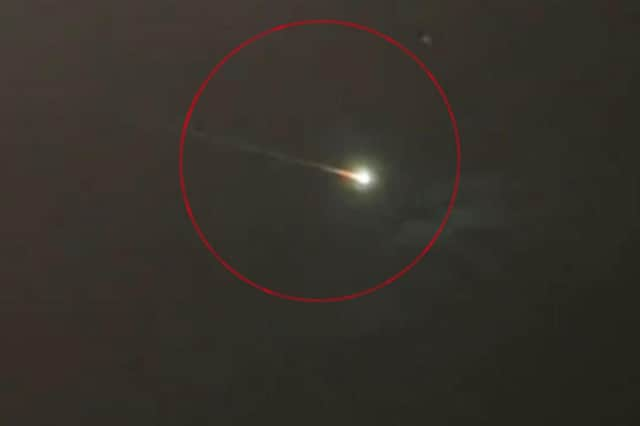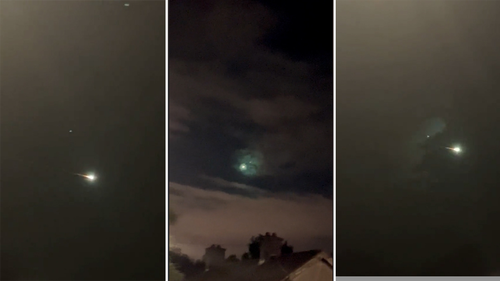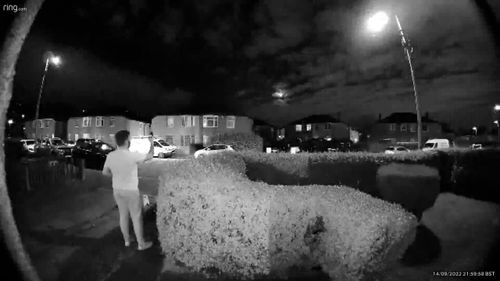Hundreds of people across Scotland, Northern Ireland and northern parts of England spotted an unusual fireball lighting up the night sky.
It was unclear whether it was a meteor or a piece of space debris, said Aine O’Brien, a doctoral student at the University of Glasgow and a member of the UK Fireball Alliance, which tracks meteor sightings.

The fireball was visible in the sky for 10 to 20 seconds – an unusually long period of time for a meteor – but the way the object fragmented in the night sky suggested it was a space rock.
“It’s got properties of both. We’ve got people processing the footage and working out the trajectory of it,” O’Brien said. “In the moment, we can only guess. Either way it was an amazing event.”
Most fireballs are only visible for a few seconds, she said. A meteorite that struck a driveway in central England last year fell through the sky for seven seconds.
The fireball was spotted at about 10pm GMT on Wednesday (7am, Thursday AEST). The relatively early hour, plus clear night skies, meant that many people saw the fireball even in built-up areas such as Glasgow, O’Brien said.

Many of those lucky enough to spot the fireball shared mobile phone and door camera videos on social media.
Richard Kacerek, founder of the UK Meteor Observation Network, said the group’s initial assessment was that it was space debris. “Judging from the videos recorded by the public, it seems to be moving far slower than a meteor would,” he said.
Cis Verbeeck, president of the International Meteor Organisation, said the group had received more than 800 reports on its website and then used that information to compile a possible trajectory of the fireball.
The fireball’s path suggested it passed over the North Channel, which separates Scotland and Northern Ireland, and ended its journey somewhere above Islay, an island off the west coast of Scotland.










